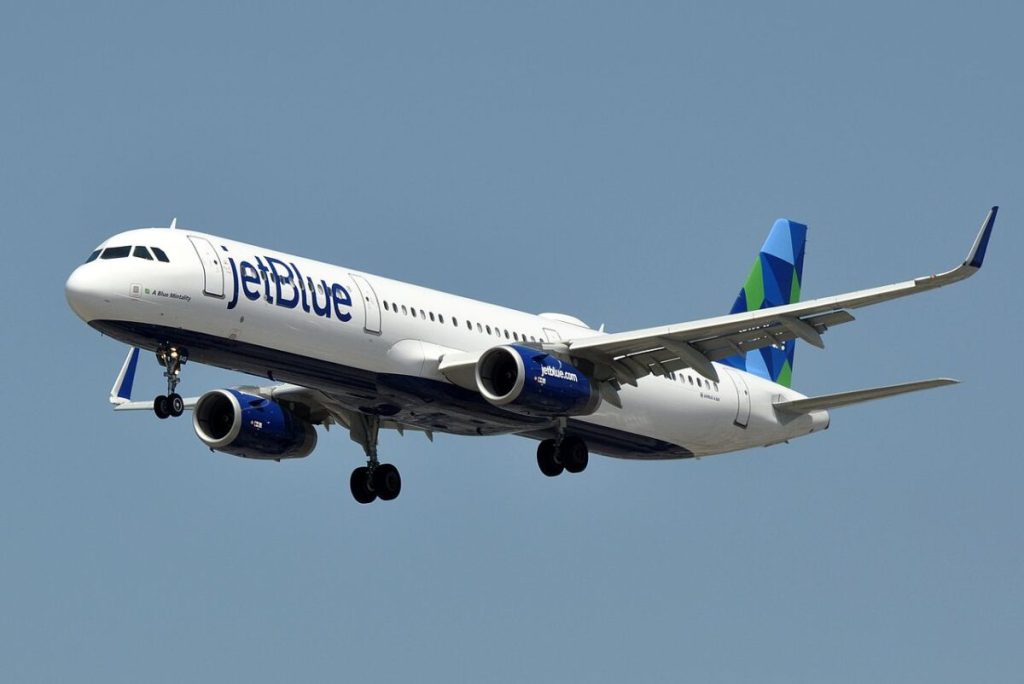JetBlue surprised Wall Street analysts by reporting a profit of $25 million in the second quarter, despite a decline of 82% compared to the previous year. This unexpected profit comes as the carrier implements a new strategy, branded as JetForward, which focuses on operational reliability, improving its leisure network in the East Coast, tailoring product offerings, and cutting costs. This strategy is expected to add between $800 million and $900 million in pre-tax profit by 2027. As part of this strategy, JetBlue has already cut more than 50 unprofitable routes, resulting in an additional $100 million in revenue for the second quarter. The carrier also announced the deferral of $3 billion in aircraft spending until 2029 and the deferral of 44 Airbus A321neo deliveries until at least 2030 due to engine issues.
CEO Joanna Geraghty emphasized the need to aggressively transform the cost base in order to achieve profitability in the current uncertain environment. JetBlue is also shifting its capacity from corporate routes in New York to leisure ones, in response to the slower recovery of business travel. While JetBlue will continue to serve corporate customers, the route adjustments better align with market demand. Former CEO Robin Hayes had previously pushed for JetBlue to compete more directly with legacy carriers, launching routes to Europe during his tenure. However, Geraghty has refocused the airline on core markets like New York, Boston, and the Caribbean, which she believes can drive profitability.
Under Geraghty’s leadership, JetBlue’s shift in strategy appears to be paying off, as evidenced by the unexpected second-quarter profit. Her emphasis on “business fundamentals” has steered the airline away from direct competition with legacy carriers and towards enhancing operational efficiency and revenue generation. The carrier had faced uncertainty regarding its future as a standalone airline following the collapse of its merger with Spirit Airlines and the blocked partnership with American Airlines. Activist investor Carl Icahn, who holds a 9.1% stake in JetBlue, has not publicly pushed for major changes despite winning two seats on the board.
The performance of JetBlue and other airlines can be tracked through the Skift Travel 200 (ST200) index, which includes the financial performance of nearly 200 travel companies worth over a trillion dollars. Within the ST200 index, the airline sector stocks reflect the challenges and opportunities facing the industry in the current market environment. JetBlue’s unexpected profit in the second quarter indicates the potential success of its new strategy, which focuses on operational efficiency, route optimization, and revenue enhancement. Moving forward, JetBlue will continue to adapt its business model to navigate the evolving landscape of the travel industry and maintain profitability amid ongoing challenges.















